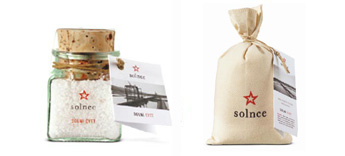A FAQ to help you get to know Slovenia, a holiday destination that’s as beautiful as it is endearing.
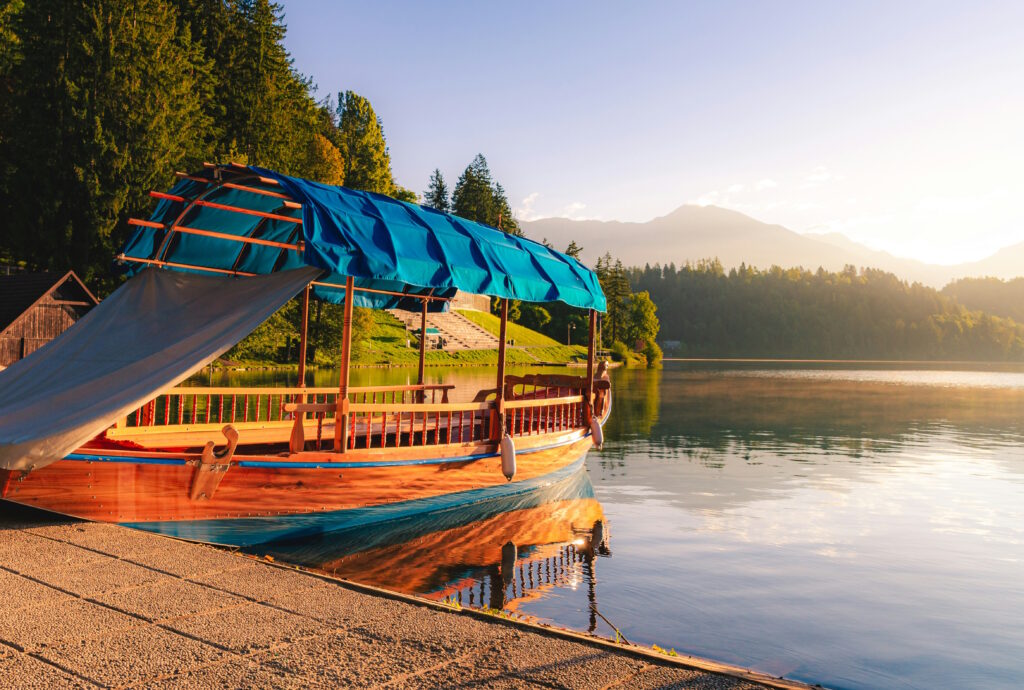
You will find five sections in this article on Slovenia.
- Geography of Slovenia
- Travelling in Slovenia
- Slovenia’s economy
- Slovenia’s gastronomy
- The Slovenian language.
GEOGRAPHY
Where is Slovenia?
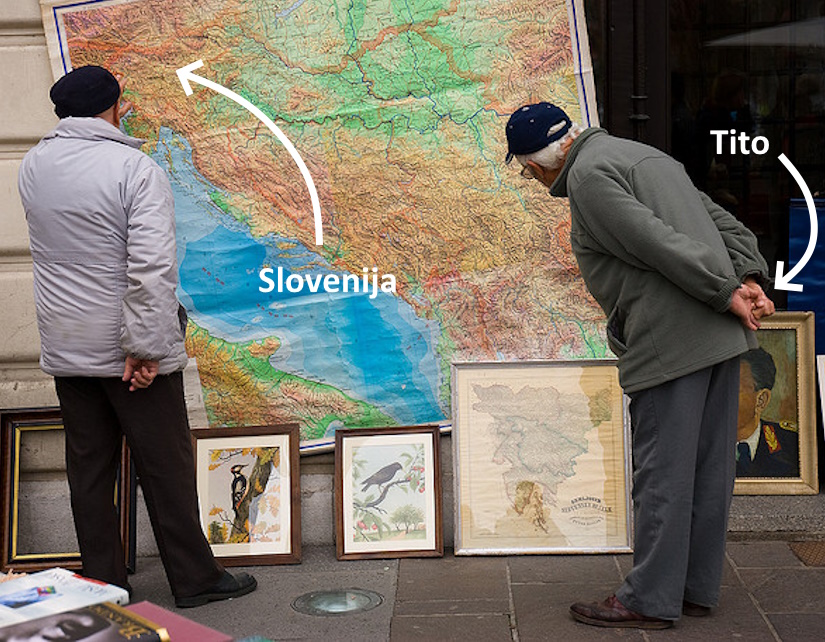
Slovenia is 2 hours from Venice, just below Austria and above Croatia.
Slovenia also borders Italy and Hungary.
How far is it from Ljubljana?
- Zagreb: 140 km (about 1 hours drive)
- Venice: 240 km (approx. 2 hours drive)
- Vienna: 380 km (approx. 4 hours drive)
- Munich : 400 km (approx. 4 hours drive)
- Budapest: 460 km (approx. 5 hours drive)
- Milan : 500 km (approx. 5 hours’ drive)
- Belgrade: 530 km (approx. 5 hours’ drive)
- Prague : 690 km (approx. 7 hours’ drive)
What is the capital of Slovenia?
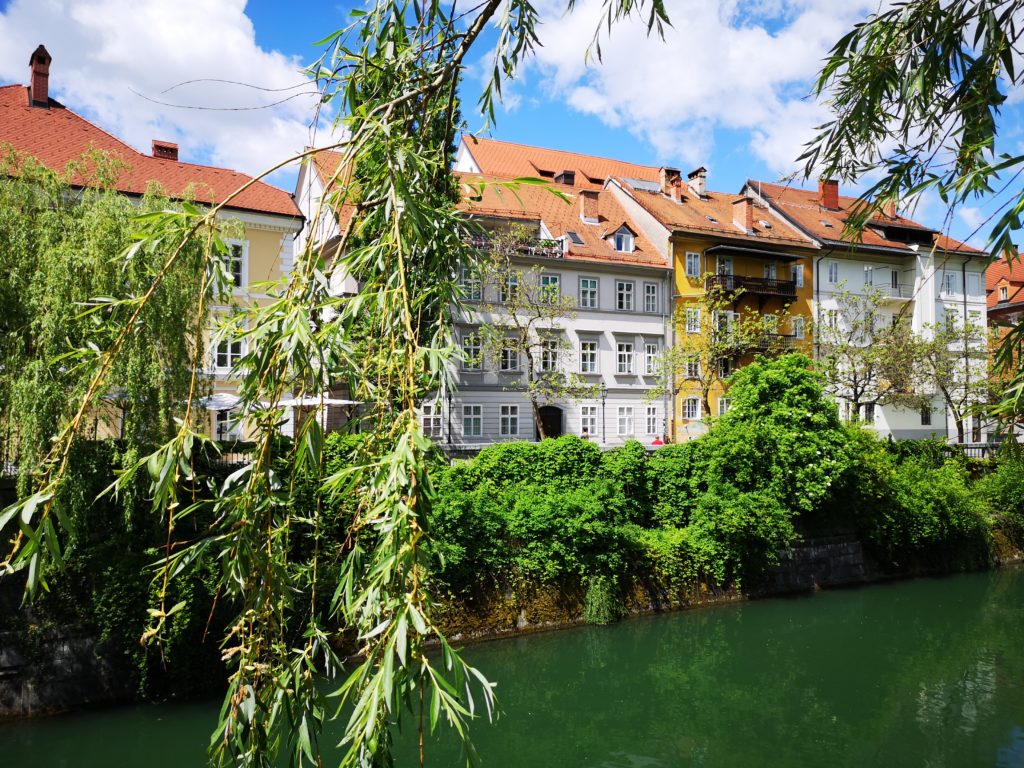
Slovenia’s capital is Ljubljana (pronounced Lioubliana).
A small, eco-friendly, pedestrian capital of 279,000 inhabitants, it’s a lively place, with its little concerts, its river Ljubljanica and its many terraces. Not at all a big, noisy, intimidating capital, the pace of life here is soothing.
Worth knowing: A large part of the centre was designed by the brilliant architect Plecnik in his own distinctive style, which you can find out more about in this article.
How big is Slovenia?
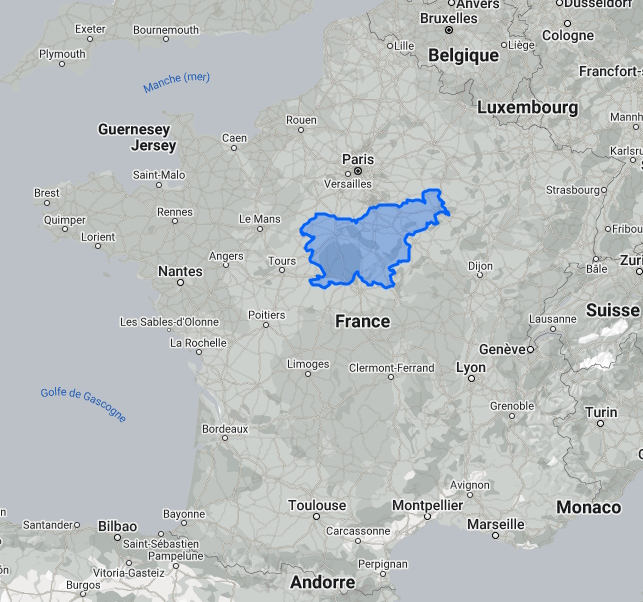
Slovenia is 20,273 km2. So, for example, it is 27 times smaller than mainland France. From the capital Ljubljana, you can usually reach the Croatian, Italian or Austrian border after just an hour on the motorway. This makes it easy to plan a holiday itinerary.
Is Slovenia part of the EU?
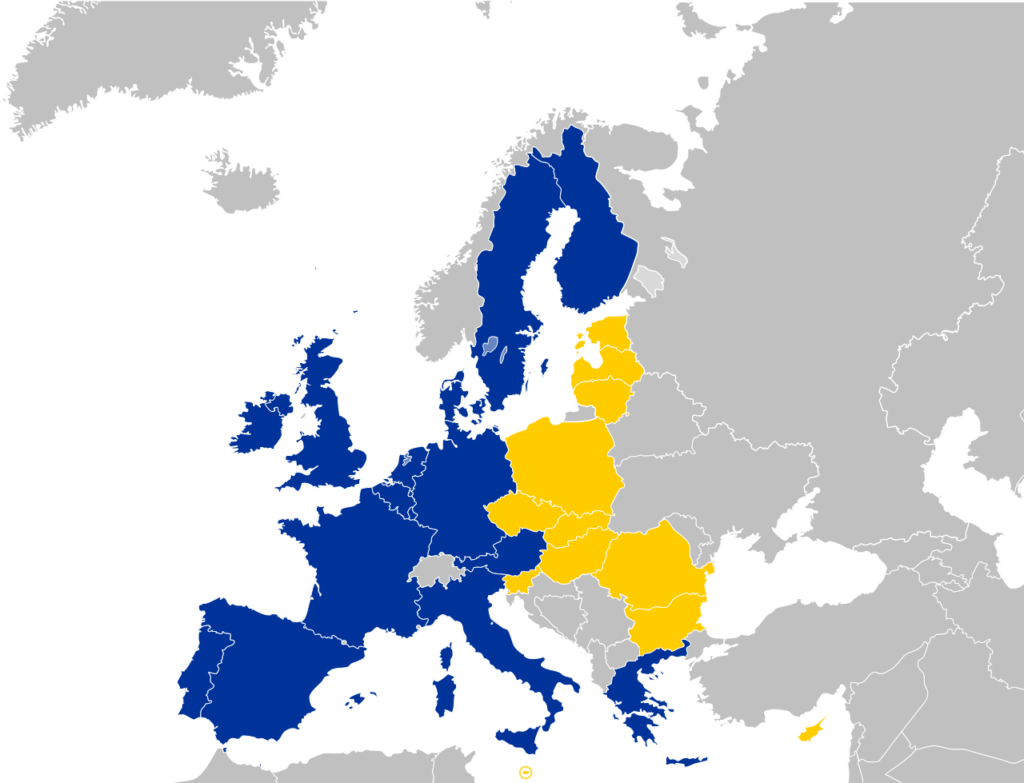
Slovenia joined the EU on1 May 2004 as part of the eastward enlargement of Europe. A large majority of Slovenians were in favour of joining. Slovenia then adopted the Euro in 2007.
Prior to this, Slovenia’s currency was the Tolar. The exchange rate was set at 1 EUR = 239 SIT and at that time, people paid for almost everything with banknotes.
How many people live in Slovenia?
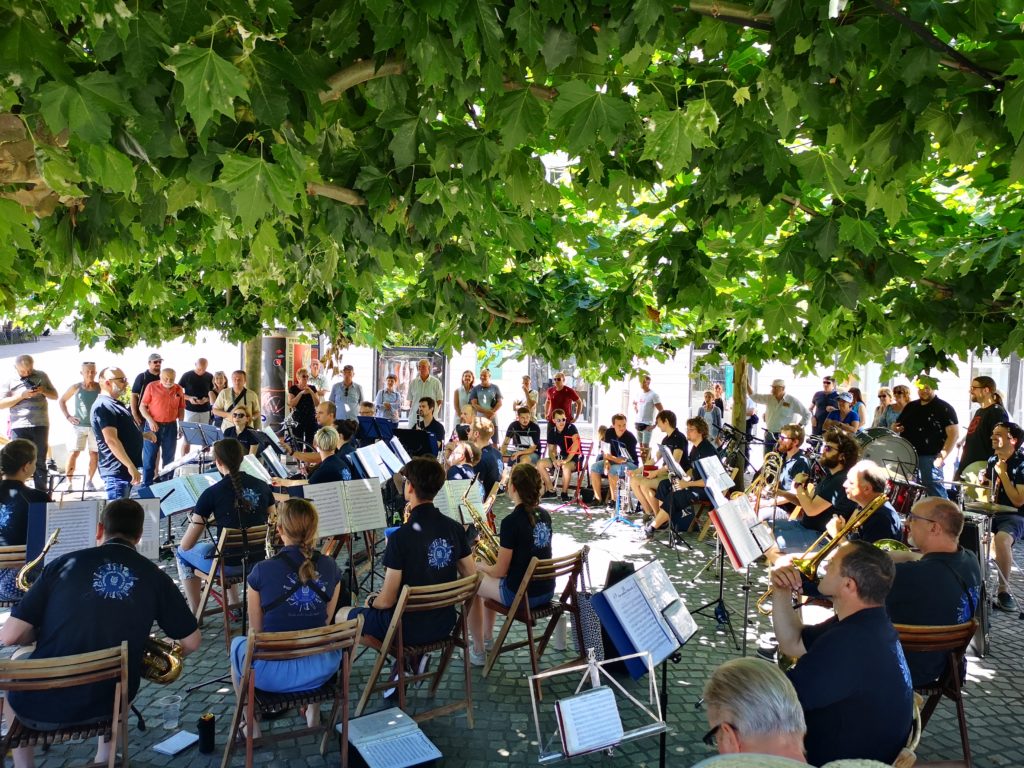
- Slovenia has a population of 2,110,547. They are called Slovenes.
- The population density is 104 inhabitants per km2.
- The average age is 44.
- 21% of the population is over 65.
- Women have their first child at the age of 29.6.
- Life expectancy is 77 years.
- The fertility rate is 1.64
I hope these statistics give you a better idea of the country.
Was Slovenia part of Yugoslavia?

Slovenia was part of Yugoslavia until it broke up in 1991. Slovenia was part of Yugoslavia until its break-up in 1991. It became the first republic to secede from Yugoslavia, proclaiming its independence on 25 June 1991.
The war : Slovenia experienced a very short war lasting around ten days in 1991 when it became independent, and was able to avoid the disastrous armed conflict experienced by Bosnia and Croatia.
TRAVEL
Why go to Slovenia?
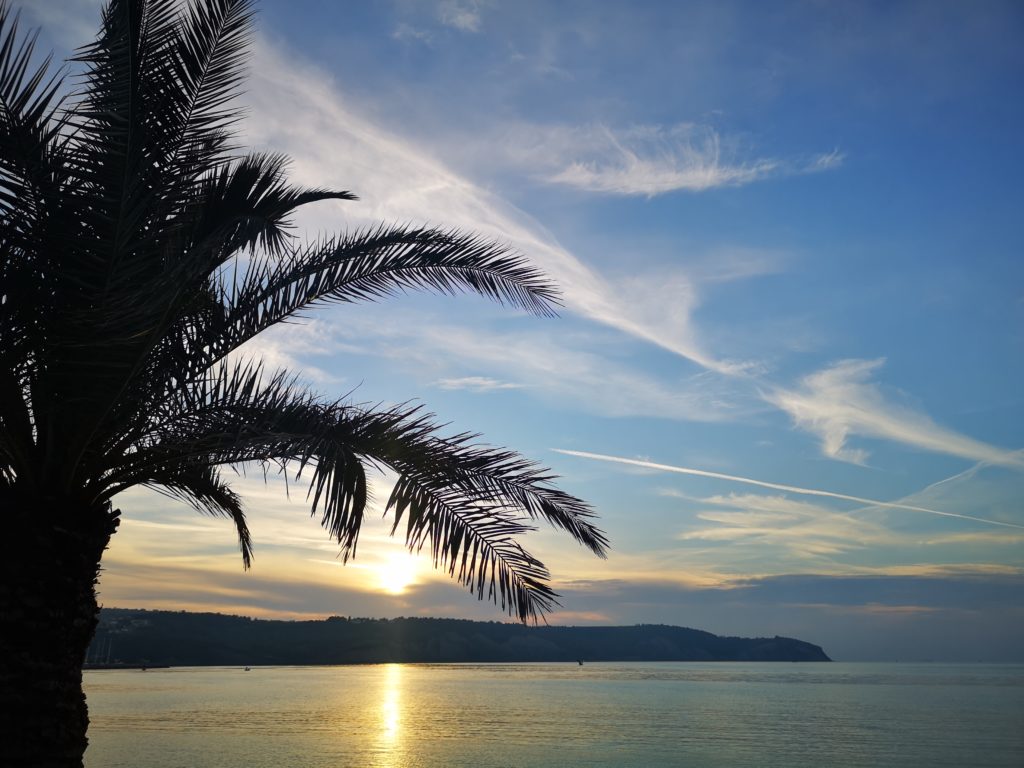
There are many reasons to travel to Slovenia.
- Incredibly varied landscapes in a very small area.
- The capital, Ljubljana, is pleasant and endearing, and appeals to everyone.
- A very safe country where you immediately feel at home.
- Slovenia is easily accessible by car from France or by plane.
- Well-preserved, year-round traditions.
- Beautiful mountains for hiking and even skiing.
- Lower prices than in France, so you can really make the most of it.
What’s the best season? Climate?
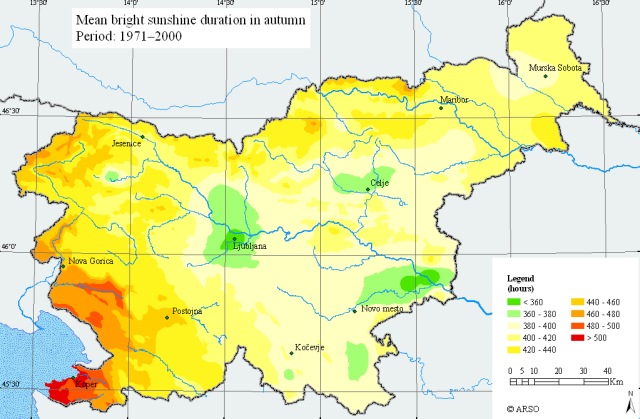
My favourite months here are April to June and September to mid-October. The colours of the country in spring and autumn are incredible, and visibility is often perfect in the mountains (you can see a long way). However, if you come in summer, you won’t be disappointed. The country is very beautiful and very green, even in August, so you can make the most of Slovenia’s magnificent landscapes.
It rains regularly , but that’s not really a problem.
Which is the most beautiful city?

The most beautiful city in Slovenia is Ljubljana (the capital), with its many art nouveau buildings and the works of the fabulous architect Joze Plecnik, which can be seen throughout the capital.
On the Slovenian coast, there’s no doubt that the most beautiful city is Piran, one of the jewels of the Adriatic, with its Venetian atmosphere, its walls, its port and its small Mediterranean streets.
What are the roads like?
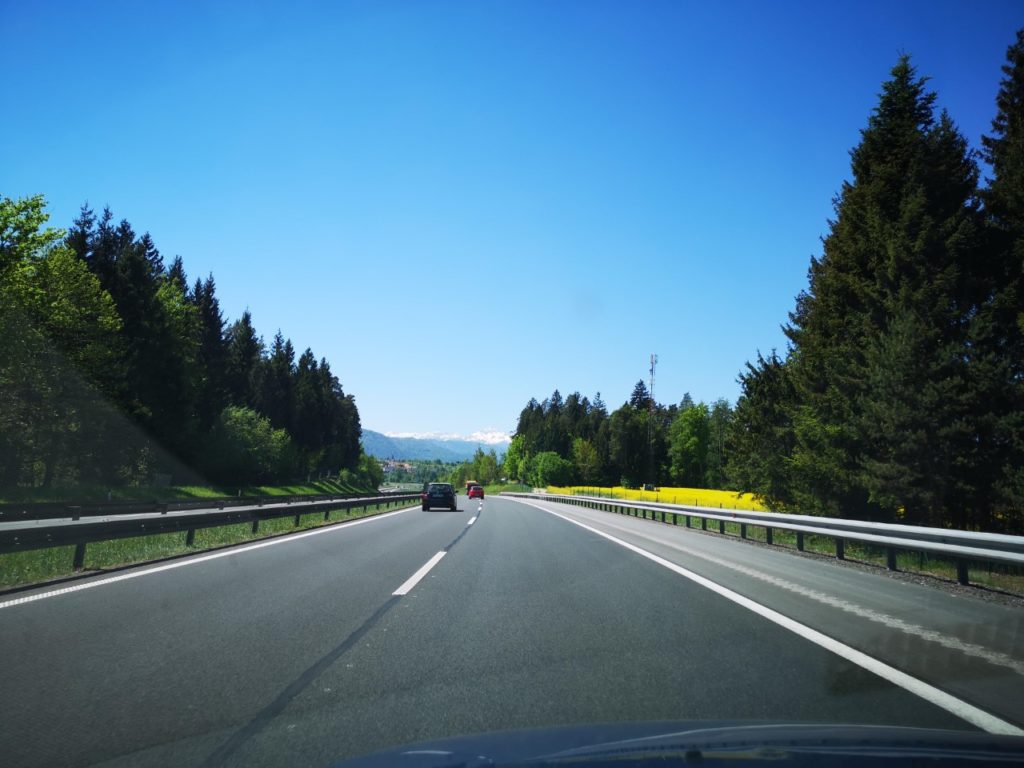
Slovenia’s motorways are in excellent condition and operate on a vignette system. The rest of the network is also in very good condition. When you drive in Slovenia, you are often amazed by the beauty of the landscape.
Some of thesmaller roads are made of fine gravel, making them particularly suitable for gravel cycling.
How do you pay on the motorway in Slovenia?

There are no tolls, and you can travel on Slovenian motorways with an electronic vignette that costs €16 for a week or €32 for a month. Vignette is called vinjeta in Slovenian. It can now be bought online at dars.si. If you have not bought one, you will be fined.
What identification do I need to enter Slovenia?
Slovenia is part of the EU and the Schengen area. There are no longer any borders with Italy, Croatia or Austria. However, don’t forget to take your identity card with you, as there may be flying controls. The border may sometimes be re-established. Similarly, to take a flight from Paris to Ljubljana, you will need your identity card.
Which cities should I visit in Slovenia?
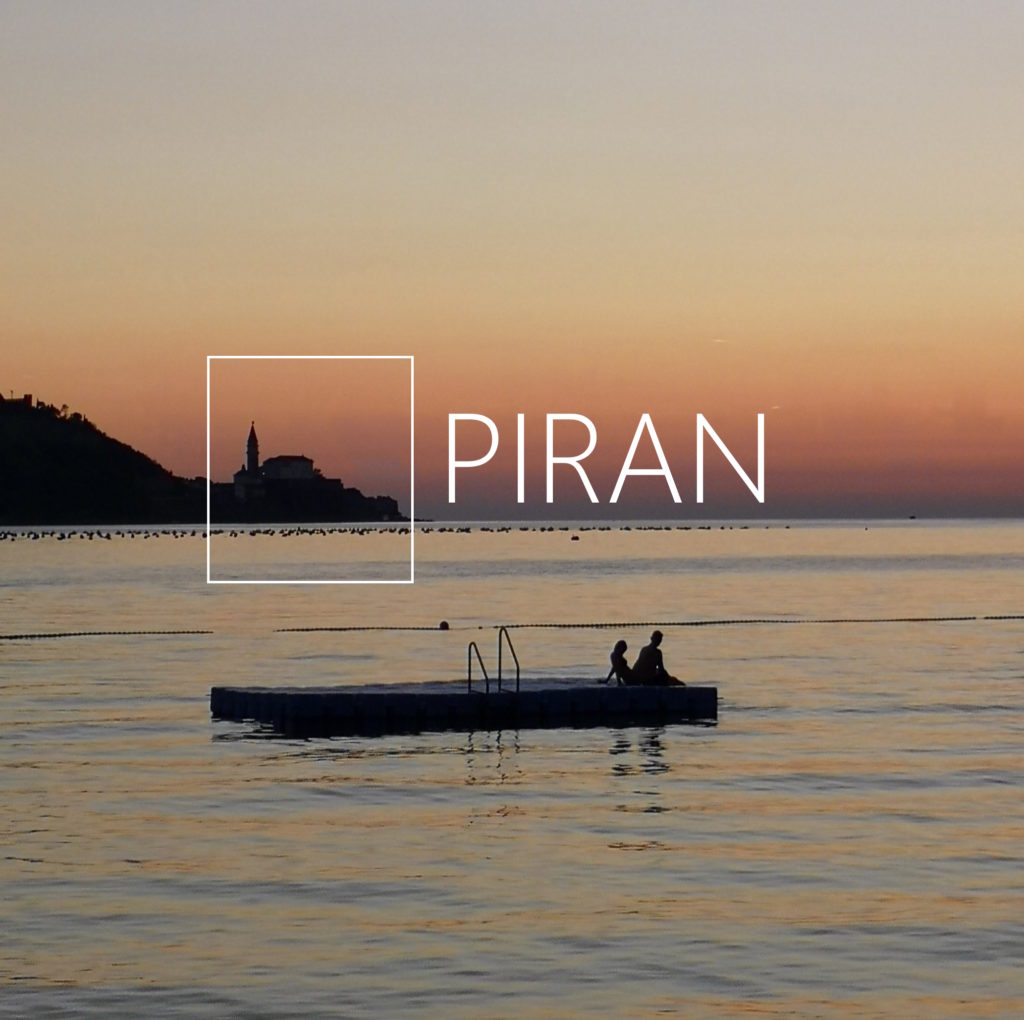
A trip to Slovenia should focus on nature, not cities. However, two Slovenian cities stand out: Ljubljana and Piran. You should include them in the programme of your stay in Slovenia. For the rest, discover the beautiful Slovenian countryside. It’s varied and exciting.
What are Slovenians like?
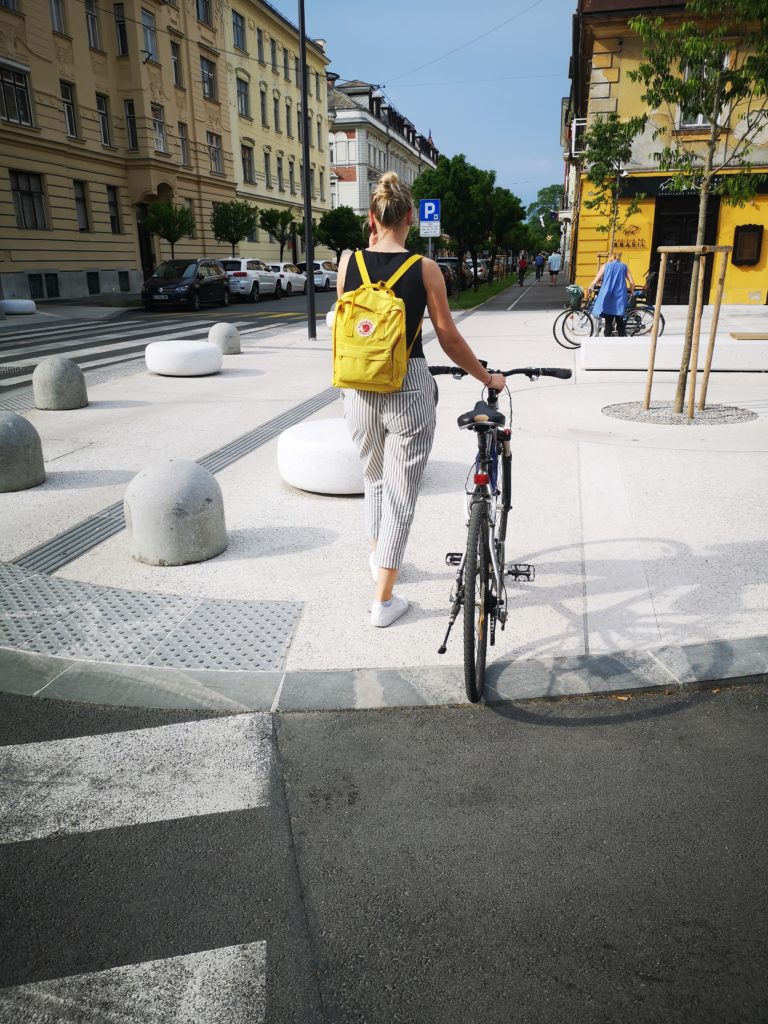
Slovenians are Slavs, not Latins. They may seem cold at first, but don’t let that put you off, because after a few minutes, you’ll start to bond with them. They are sporty and have a strong sense of family. They often spend their weekends here.
How do you see bears in Slovenia?
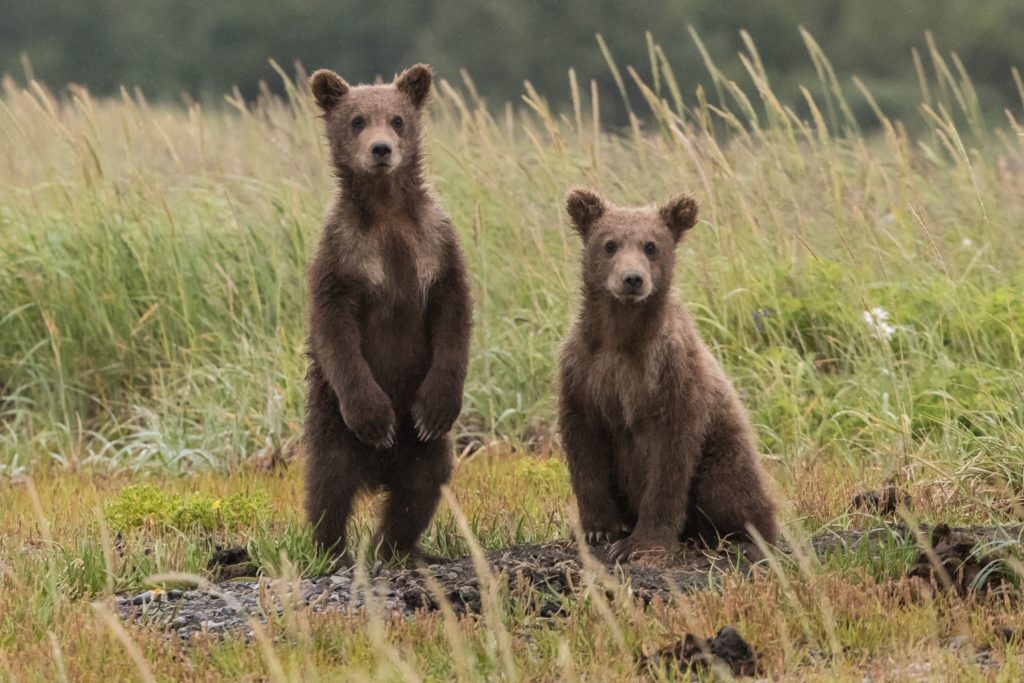
You don’t come across them by chance, because they avoid humans. They are in the south of Slovenia. To see them, you have to hide in a blind and wait. The bears are fed at the same time every day and come to the rendezvous. You can then watch them, but it’s expensive, very expensive.
ECONOMY
What is the average salary?
It is currently €1,487 net and €2,343 gross. You can find updated Slovenian average salaries on the Slovenian government’s statistics website.
The latest figures are available here: www.stat.si.
What is the standard of living in Slovenia?
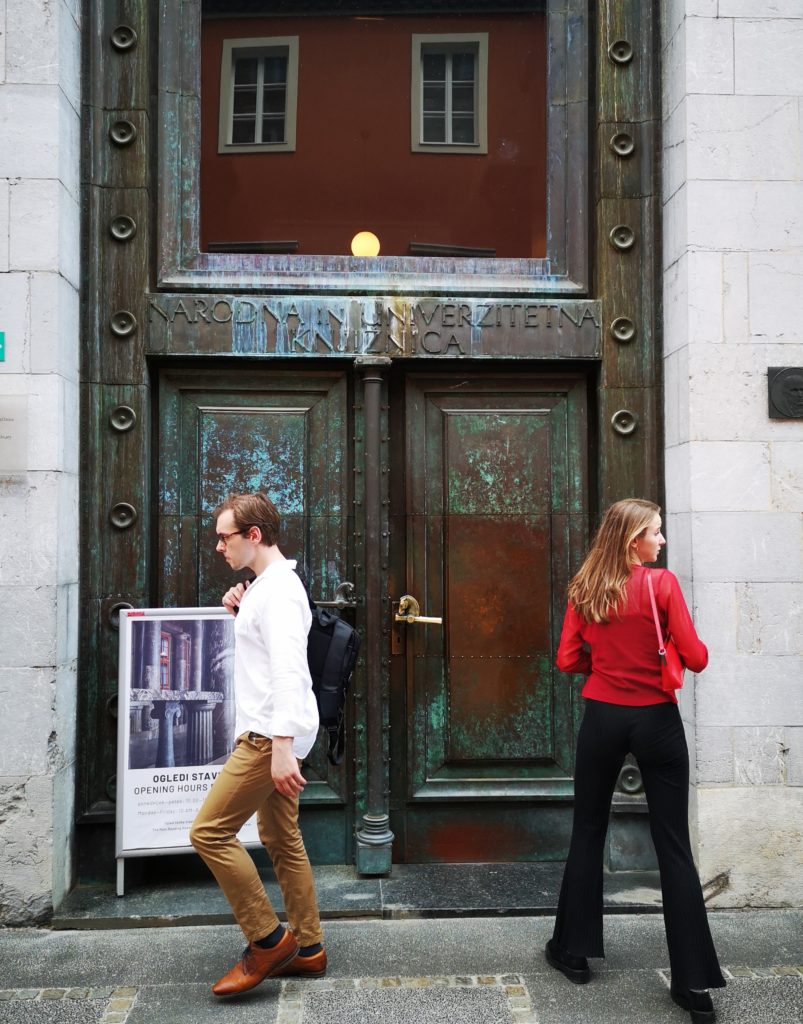
Slovenians live well even on a low salary , as the country enjoys a real Dolce vita and nature is still very accessible to all its inhabitants. Slovenians spend their weekends here, taking advantage of it after work by going hiking or swimming. They also often have family in the countryside, so they can enjoy good local produce.
What is Slovenia’s debt?
Slovenia’s debt is 69% of GDP.
The budget has a deficit of 2.6% for 2024.
During the subprime crisis and the debt crisis, the Slovenians found themselves in great difficulty and took much more drastic measures than in France, although in the years that followed growth rebounded more strongly.
How do you pay in Slovenia?
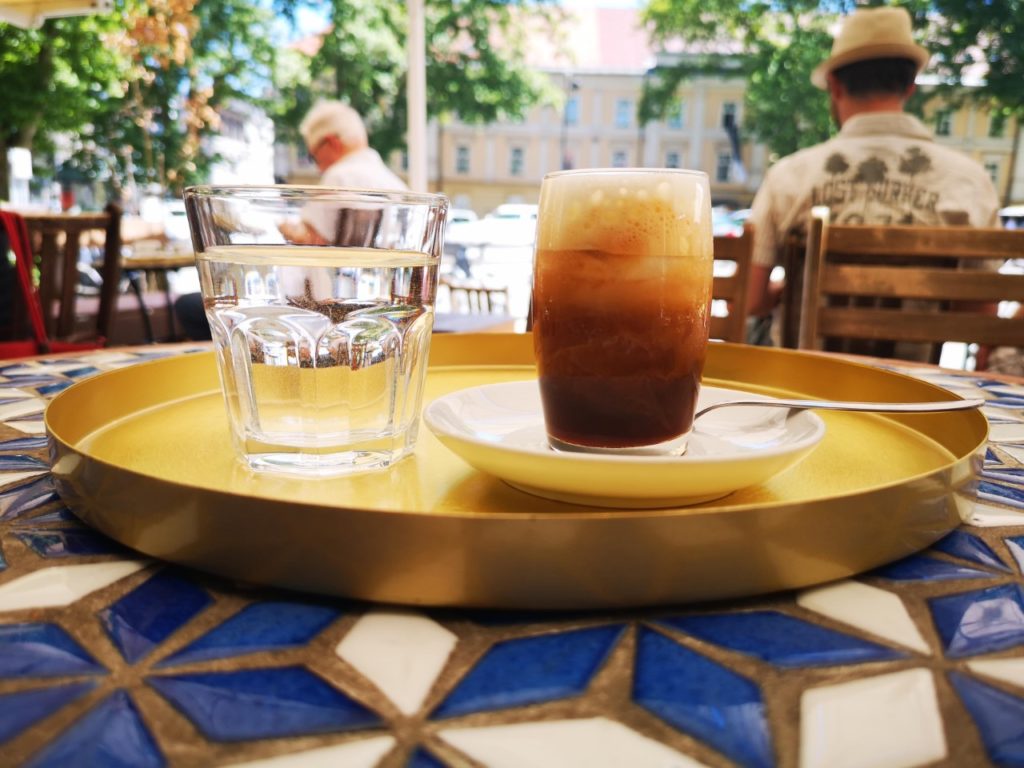
Since 2007, Slovenia has been using the euro , and everything is paid for in euros. Be aware that your bank card will not be accepted in many places. In Slovenia, you should always have cash with you, otherwise you’ll find yourself in a bit of a fix looking for an ATM to pay.
Why is Slovenia rich?
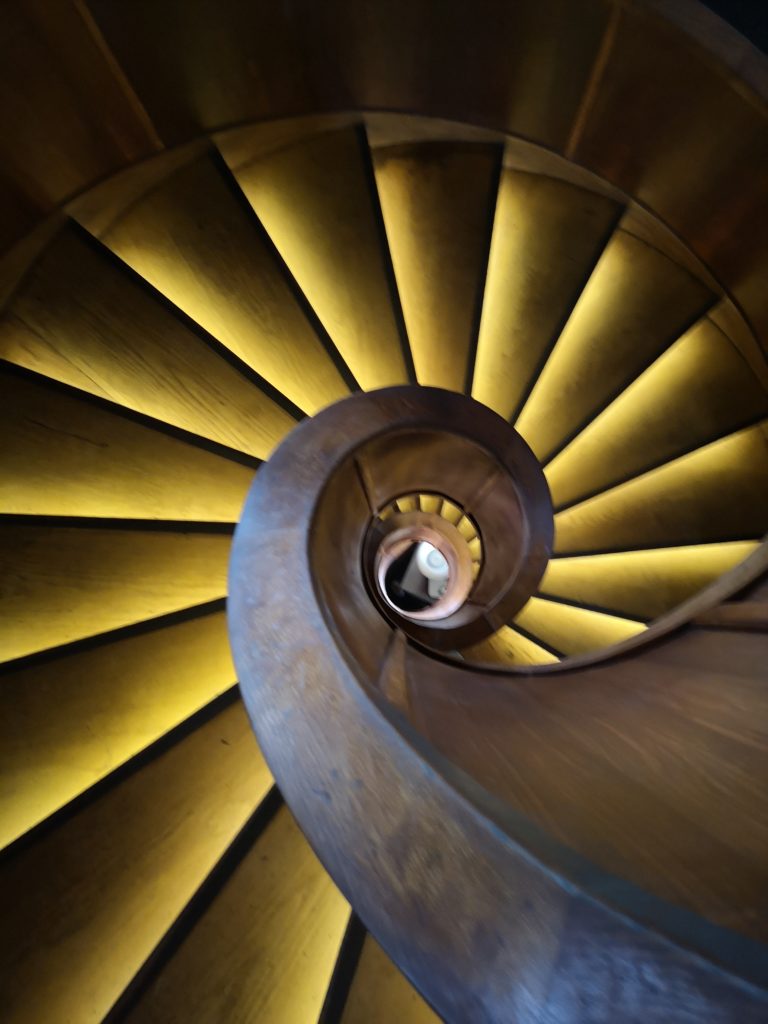
Because of its geographical position. It was the richest part of Yugoslavia because it was close to rich countries such as Austria and Italy, which greatly contributed to its economic development.
Unlike Croatia, Bosnia and Serbia, Slovenia did not experience war in the 1990s, which gave it a decisive advantage over the other countries of the former Yugoslavia. They lost precious years in their development because of this fratricidal war.
Is Slovenia part of Schengen?
Yes, Slovenia is part of the Schengen area, and you won’t have to cross any borders if you’re going from Slovenia to Austria, Italy or Hungary, and in 2023 you won’t even need to show your ID card or passport to go to Croatia.
GASTRONOMY
What is the typical Slovenian dish?
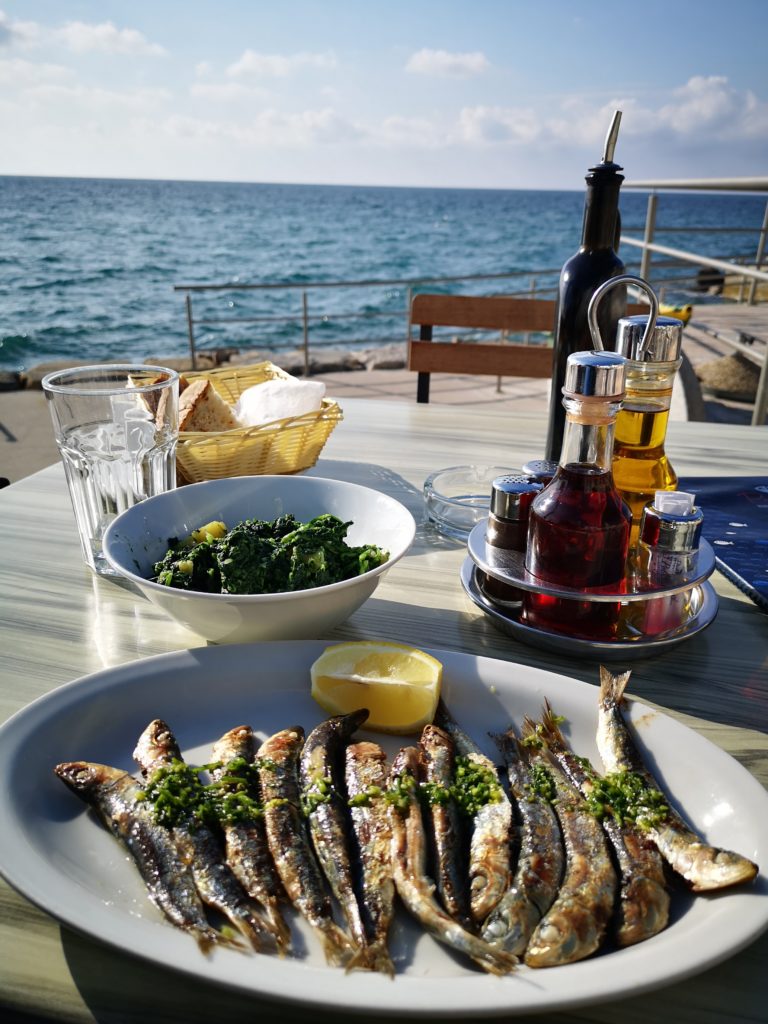
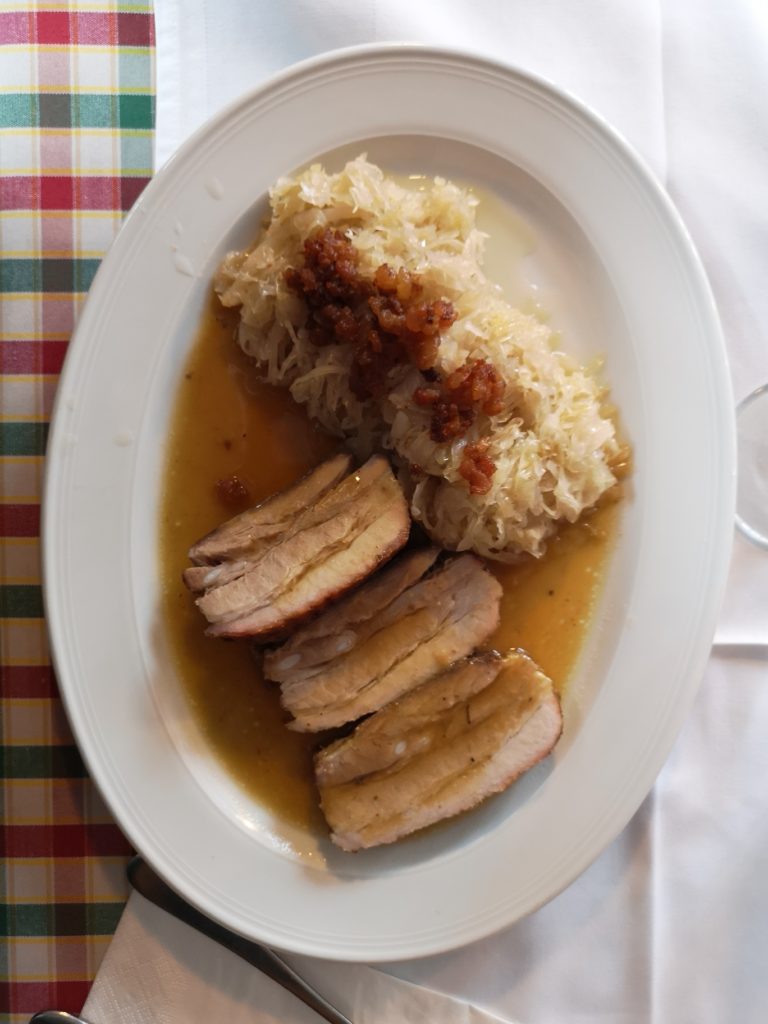
Slovenians often eat pork. In the mountains, cabbage and hearty soups are on the menu. Near the sea and Italy, you can enjoy delicious pizzas, fried or grilled squid, risottos..
Each region of Slovenia is influenced by the presence of a neighbouring country (Austria, Italy, Croatia, Hungary) and therefore offers its own specialities inspired by the cuisine of its neighbour, making Slovenian gastronomy extremely varied.
Where can you go shopping in Slovenia?
Mercator supermarkets of varying sizescan be found in every village . They range from hypermarkets to small country shops, but the prices are the same. There are also two E.Leclerc hypermarkets, one in Ljubljana and another in Maribor. The Spar and Tus chains are also present. Finally, for fresh, local produce, the best place to go is one of the small markets. The Ljubljana market takes place every day except Sunday. It’s not to be missed.
What souvenirs should I bring back from Slovenia?
You can bring back : *
- piran salt,
- delicious honey
- wine
- olive oil,
- wooden objects,
- woollen clothing..
SLOVENIAN LANGUAGE
What language do Slovenes speak?
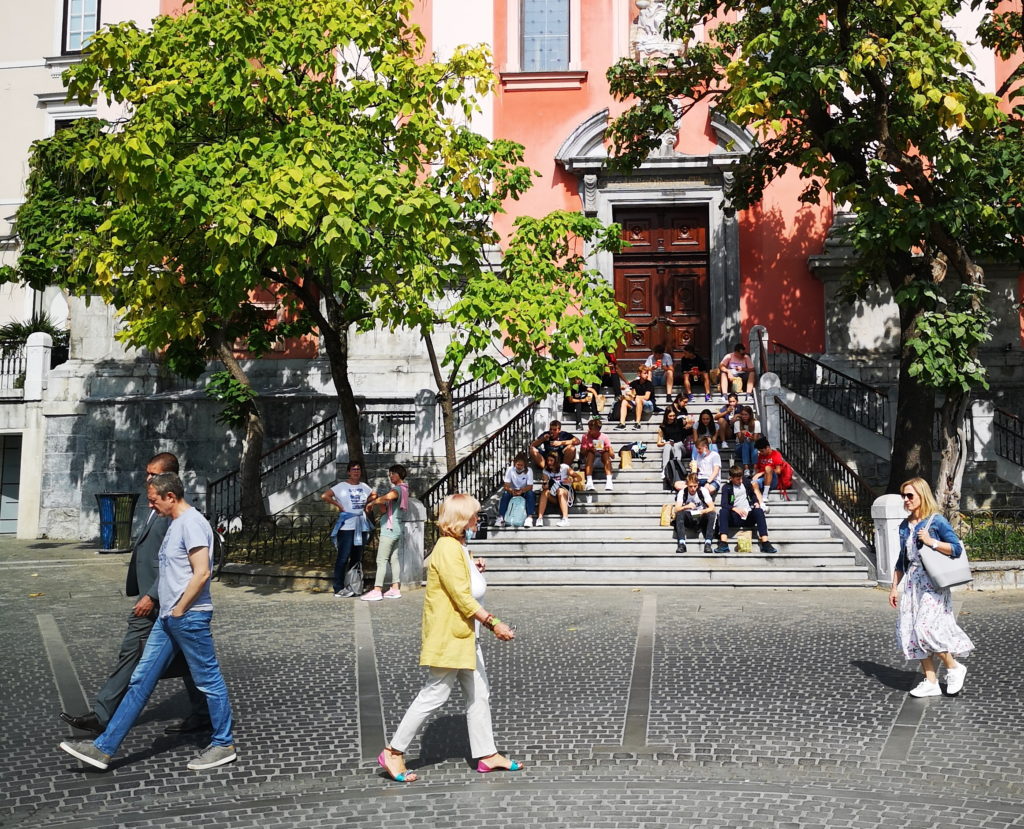
They speak Slovene, a Slavic language close to Croatian, Czech, Serbian… They also use more and more English words due to the influence of social networks and TV where no programme is dubbed. So they watch programmes in English every day.
How do you say hello?
Hello in Slovenian is Dober dan (Literal translation: Good day). To memorise it, think Doberman. And to say thank you, it’s Hvala (think voilà, Hvala is pronounced almost the same. Remember to pronounce the initial H when you inhale). There you go, you’re a Slovenian pro.
How do you pronounce Ljubljana?
Pronounce Lioubliana because in Slovenian, the j is pronounced i. To memorise the complicated spelling of the Slovenian capital, remember that there are two Lj’s in LJubLJana.

